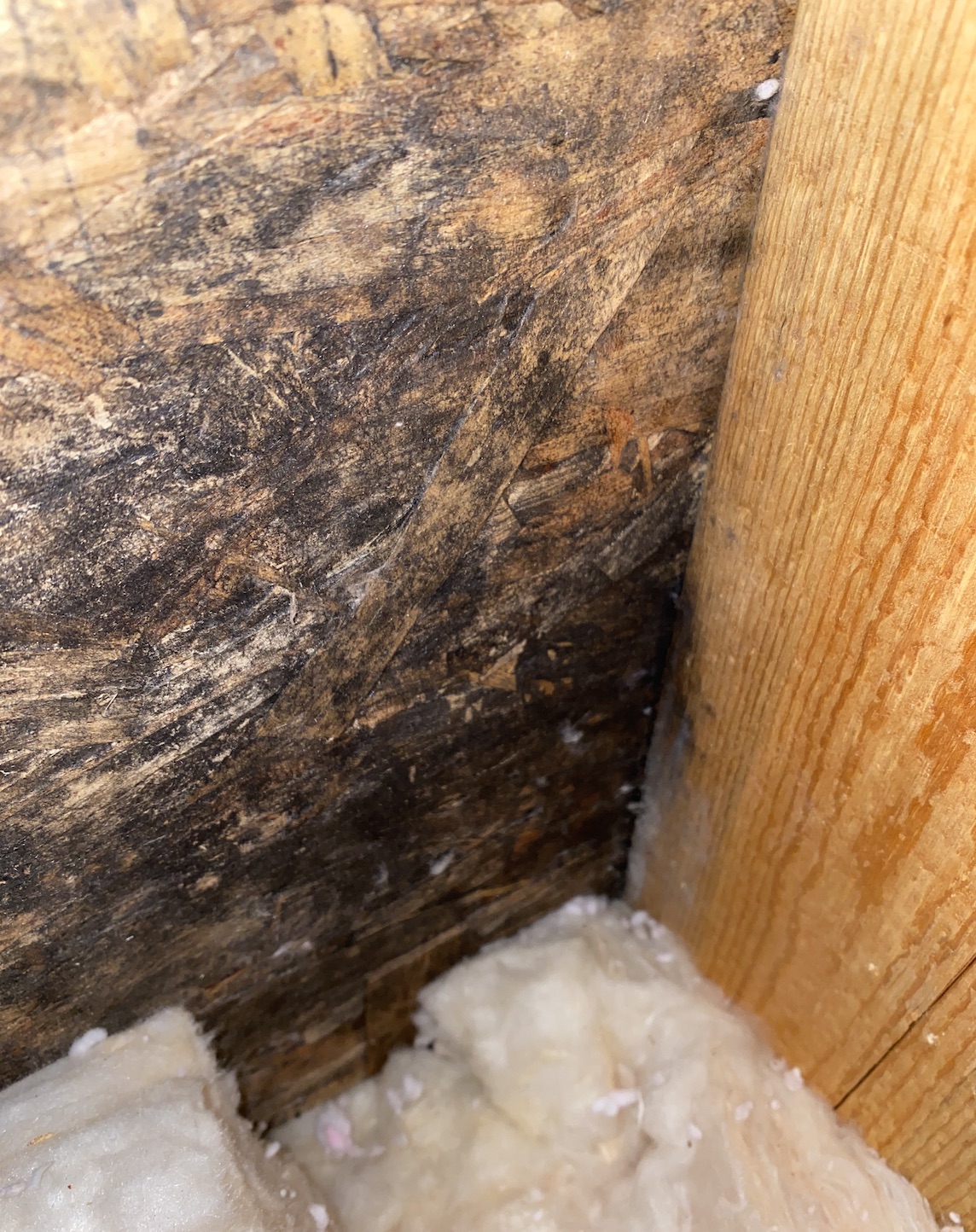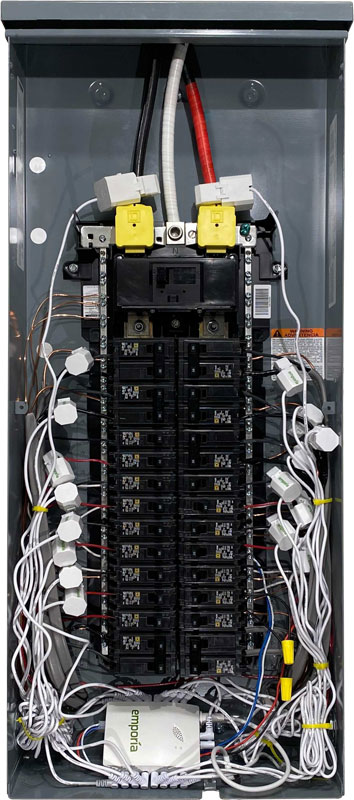
This is the final post in a four-part series covering the topic of data logging in terms of Home Applications, Products and Performance, Types of Monitoring, and Indoor Air Quality.
Expensive, research-grade instruments have been available to measure pollutants in indoor air for decades, but only in the last few years have Foobot, Awair, and similar low-cost, consumer-grade devices made indoor air quality (IAQ) monitoring practical for home use. Various low-cost sensors are wired into these devices and their proprietary software displays some version of what they’re reading. Compared to the other loggers I’ve discussed in this series, the accuracy of this group of devices is worse, but they are tools for learning about things we weren’t able to practically measure at all in the past.
Carbon dioxide
I’ve found carbon dioxide (CO2) to be the most helpful thing to measure. Obviously, when we breathe, we emit CO2. From the conversations I’ve had with IAQ researchers, CO2 is not considered a dangerous pollutant (though if you search around, you’ll find studies about mild cognitive impairment measured in people in rooms with high CO2). However, CO2 levels do tell us how well our ventilation system is working; if CO2 is building up, it means our exhalations are not being wafted away by air movement.
In my own house, I was surprised how bad the air was in my kid’s bedroom. I thought our leaky old house would have lots of airflow, but it turned out our child was breathing 2200ppm of CO2, and who knows what else was trapped in there. (There is some kind of “Total VOC” and particulate sensor on the Awair v1 I was using, but it did not generate useful information. I could tell when someone was vacuuming but other than…
Weekly Newsletter
Get building science and energy efficiency advice, plus special offers, in your inbox.

This article is only available to GBA Prime Members
Sign up for a free trial and get instant access to this article as well as GBA’s complete library of premium articles and construction details.
Start Free TrialAlready a member? Log in














9 Comments
I've been using the Airthings View Plus for several months now. It measures all the IAQ components mentioned in the article (plus temperature, relative humidity & barometric pressure). But I haven't benchmarked it against other known loggers or talked with anyone else to see if they seem to be logging accurately.
Does anyone else have experience with the View Plus?
I have an uHoo. Id say its fairly accurate for CO2 but IDK about anything else.
Dan, I've been using a view plus for about 6 months now and I've found that it's usually within say 5% of most of the other instruments I've benchmarked it against. That said, it's all consumer grade, so who knows if those are accurate? I tend to just examine the values it outputs relative to themselves. PM2.5 was low yesterday but high today; that's probably bad.
If it counts for anything, airthings monitors (including the view plus) are certified by RESET, which means at least someone has tested them: https://reset.build/programs/monitors/process-air
Thanks for the link. I read through the testing procedures and it turns out RESET only tests the monitors for consistency among identical models of the same brand. So they are "certifying" these devices without regard to accuracy.
They did say that the technology for CO2 sensors is mature enough for readings to be accurate. Pm2.5 and VOCs, not so much.
They also charge $8080 to set the monitors up in their office for a month and compare the results of the 5 monitors the manufacturer sends them to each other. With the way these devices are proliferating on Amazon it sounds like a good business to be in.
Be careful what device you purchase. Foobot does NOT have a CO2 sensor and only estimates CO2 based on other measurements. It is not unusual for it to be inaccurate by 5x or greater.
The PM sensors in Foobot and Awair 1 are easily misled by lighting conditions. They do fine in the dark and under many florescent lights but are inaccurate in bright incandescent or sunlight. Awair 2 appears to have fixed this.
IQAir AVP and products from Gaslab and TSI have proven in our tests to be the more accurate options in the affordable category.
Great info, thanks!
The Airthings Wave Plus is garbage at measuring radon, even over weekly and monthly scales. I compared it to five other devices/tests (one from the same manufacturer, another a super pro device, and two at-home kits), wrote the company about it repeatedly... as a scientist I really really object to the false precision of the data they show in their app. We got rid of ours.
There really need to be some minimal standards for these devices with mfr's required to put them through 3rd party lab testing before marketing them.
Does anyone know if the EU has such standards and testing?
Some good info for those interested: http://www.aqmd.gov/aq-spec/evaluations/summary-pm
Log in or become a member to post a comment.
Sign up Log in